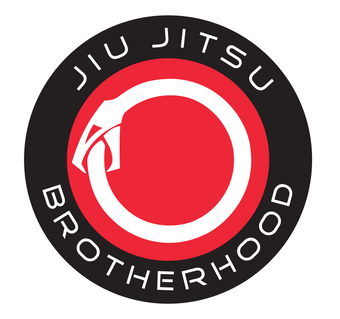This article was written by Nicolas Gregoriades, who is a 3rd degree Jiu-Jitsu black Belt under Roger Gracie. Nic is an instructor at Subconscious Jiu Jitsu.
Almost without exception, one of the most common mistakes novice grapplers make is that they try and move their opponent’s entire body weight with the strength of their arms. This is due to the fact that the hands and arms are some of the most dexterous and sensitive parts of the human anatomy, and we as human beings are simply accustomed to using them for almost all our day to day tasks, while are legs are usually solely employed for standing and walking.
Unfortunately, in grappling, using your arms exclusively is grossly inefficient. On average, the human leg is three times stronger than the human arm, and the trunk as a whole unit is stronger still. Therefore it is vital to learn to access this massive strength reserve.
For a good grappler, his legs and feet are as nimble as another set of arms and hands, and he employs them to push, pull, lift and pin his opponent. An excellent way of teaching your body to ‘think’ with your legs and trunk instead of the arms is to do jiu-jitsu with no hands.
If you are a gi grappler, slide both hands through the front of your belt grip each free end. If your chosen art is submission wrestling, simply cross your arms and grab each opposite shoulder. Remember that this will require an accommodating sparring partner. Initially, he should not go 'flat out' when rolling with you in this manner. In the beginning, his goal should be not to submit you but merely control your body.
Once you have become more accustomed to it he should try to look for the finish. At first, this will feel very awkward and you will have a tendency to cheat by reflexively reaching out with your hands. Bear with it, because as you gain coordination and sensitivity with your lower body your grappling will improve, especially certain aspects of your game i.e. open guard. Later, when you reintroduce your arms, try to use the following analogy.
Think of your arms as the rudder of a boat. They guide movement but do not provide power. Your legs, hips and lower back are the motor and propeller of the boat. They provide the drive. A classic example of this is the double-leg take down. You set your ‘rudder’ (arms) by grabbing behind your opponent’s legs and then the ‘motor’ (legs, trunk) provides the power by driving through and lifting the opponent. This is not a hard and fast rule – there are several movements that use arm and shoulder strength almost exclusively (a key-lock from side-mount is an example although even this could be argued), but in general, it holds true.










0 comments